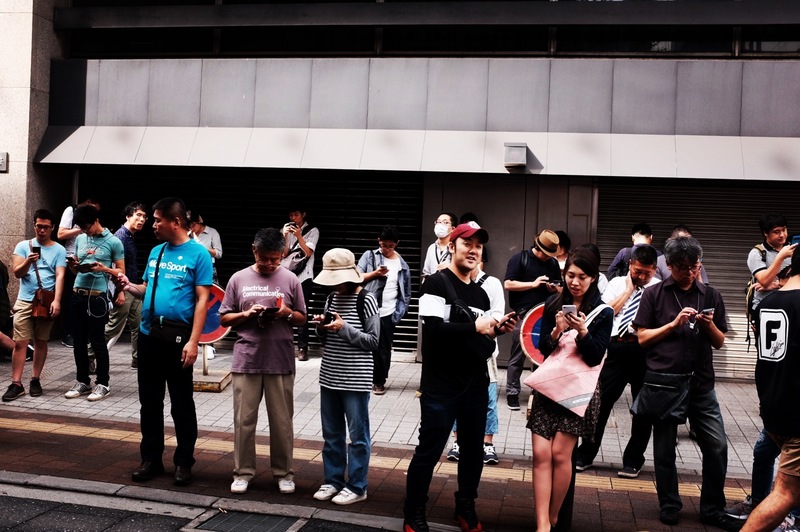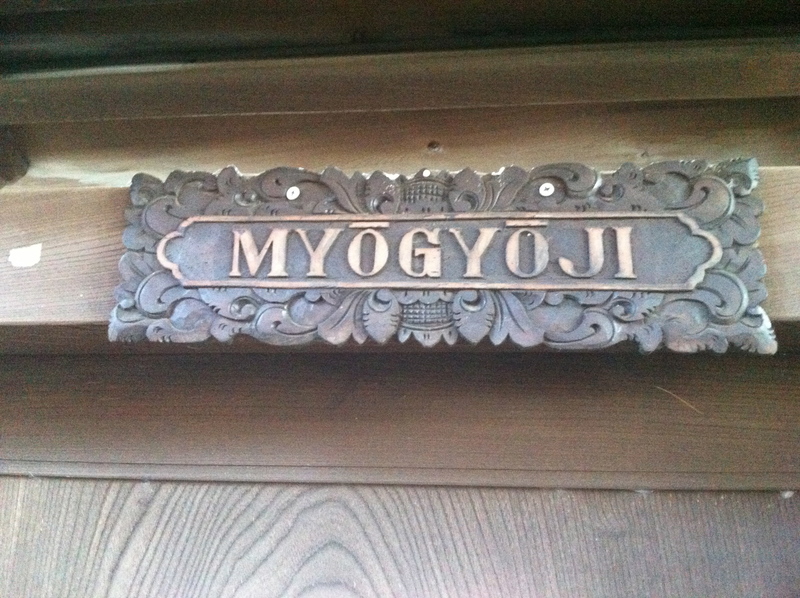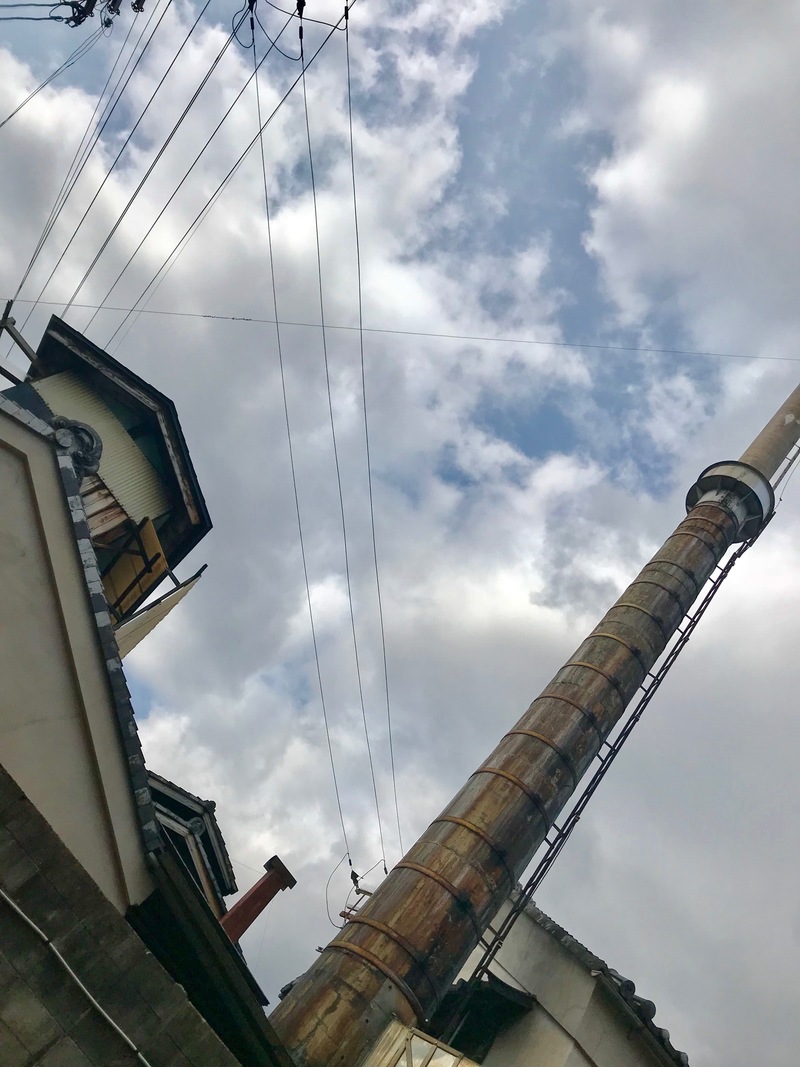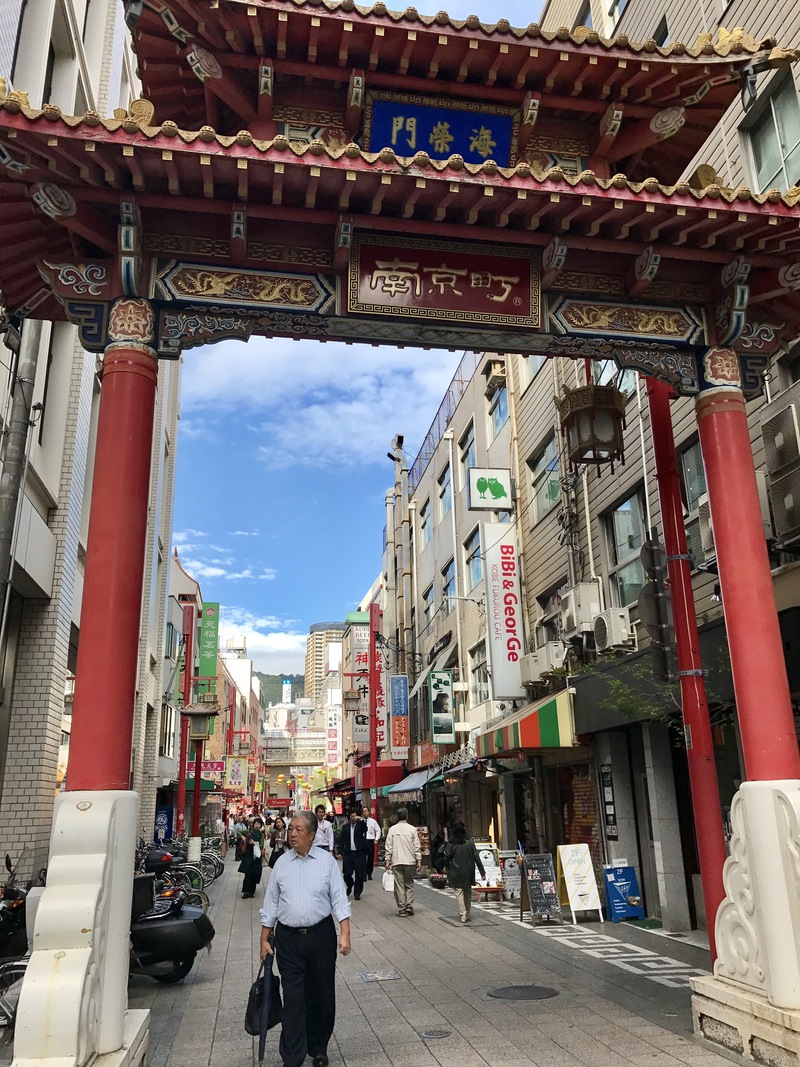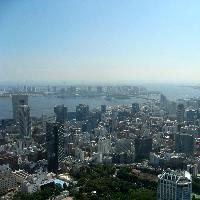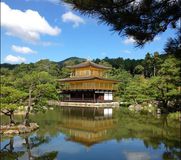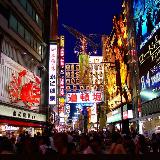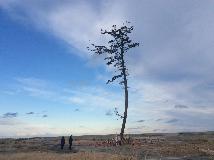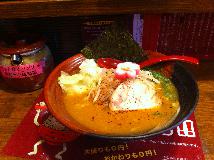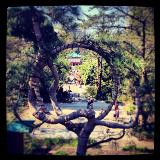In this project, we are considering how sound and silence in various places are attended to in specific ways, and the dialogical relationship between sound and space. The mutually constitutive relationship between sound and space means that sounds are made diverse by the distinct characteristics of each place. At the same time, place is marked and shaped by different sonic contours. As researchers, we found that we were also highly influenced by intellectual and emotional connections between sound and space.
When building this website, we re-listened to our files many times. The playback of certain sound files were particularly evocative of the embodied experience of a place. These sounds were inseparable from the sights, smells and feelings of a place in our memories. The experience of situated sound is a crucial meaning making process. As Kelvin E.Y. Low has written,
'[e]mbodied research that is geared towards appraising urban life need a combination of both textual and non-textual methodologies that in synchrony elucidate the importance of the senses in terms of their social meanings and values, and how they imbue places with meanings.' (2015: 309)
This recording struck a particularly important sonic contour in my memory. The vibrations of this large temple bell in Yanaka in Tokyo were visceral; the feeling of the sound waves through one's body was just as vivid as the sound in one's ears. Today when I listen to this bell I am transported back to this particular place, both in time and geography. I remember the heaviness of the heat of late summer and the overcast day. I remember the anticipation of waiting for the bell to ring, recorder poised in hand. I also remembered a solemness in the the community function this bell served.
This was Myōgyōji (also sometimes written Myōkōji), is located not far from the Yanaka Cemetery. The temple, affiliated with the Nichiren sect, has a large bell which is rung at 5 pm everyday. This recording was taken just by the gates (marked by the sign showed above). While the bell was ringing, we could feel the sound waves vibrating through our bodies, the building and the trees surrounding the temple, and into the street. Rung at this time, it reminded the community of the end of the working day, and told listeners to watch for small children in the streets as they hurried home. Practical as this timely reminder is, it also was a sound that was deeply associated with Buddhism and community identity.
This sonic landmark had spatial connections to other neighbourhood landmarks which contributed to its sense of place and community. Myōgyōji is very close to the Mikado Panten (literally ‘bread shop'; a small convenience and snack shop) and a very large Himalaya Cypress tree (himarayasugi). The tree has been in the neighbourhood since the Edo Period, and the small shop next to it has provided scenic backdrops for many Japanese films which lend the setting an authentic and ‘traditional’ shitamachi (‘downtown’) street scape. In 2013, residents petitioned to prevent the current owners of the land from cutting down the tree and tearing down the shop to make way for a new development. The back wall of the Mikado Panten is only a few meters away from the Myōgyōji entrance, and the two streets come together at a point where the cypress tree stands, making this a visually as well as aurally compelling spot.
